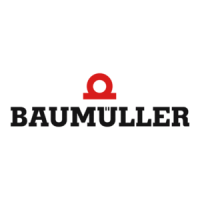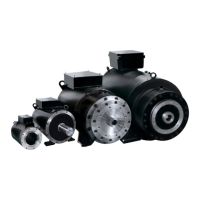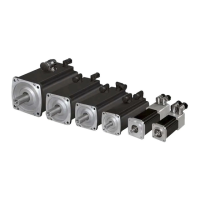Three-phase synchronous motors DSC1-045-100
Technical alterations reserved
Environmental
conditions for
transport
Class 2K2/2M1 DIN
EN 60721-3-2:1995,
however:
temperature range -15-60
°C
Represents -15 to 60 °C at 5 % to 85 % rel. humidity and an
absolute humidity of 1 g/m³ to 25 g/m³;
at temperatures below 3 °C you should drain the cooling
water
Bearings
Bearing service life
D end
ND end
L
10h
20.000h
Standard: Ball bearings. Optional: Roller bearings (for size
56-100)
Ball bearings, locating bearings
Approximate value, rolling-contact bearings with long-term
grease lubrication
Acc. to DIN EN 60034-14 (VDE 0530 Part 14): 2004-09
On request (for ball bearing only)
Standard: Normal acc. to DIN 42955
Option: Reduced according to DIN 42955 (only at ball
bearings)
Vibration-resistant
up to
10 Hz to 100 Hz acc. to EN 60068-2-6
10 Hz to 100 Hz acc. to EN 60068-2-6
as per standard IEC
standard
Centralization diameter: tolerance j6
Smooth acc. to DIN 748 (also available with key DIN 6885)
Centralization with female thread as per DIN 332 Form D
Zero play permanent magnet brake
Speed actual value
encoder
Standard, see Chapter 3.3
Optional, see Chapter 3.3
1.2. General safety instructions
The standard versions of the motors are unsuitable for operation in salty or aggressive atmospheres and are
not suitable for erection outdoors. If, with an air-cooled motor, the air is contaminated with dust particles or
similar substances in the surrounding air, which cannot be kept out efficiently by the filter elements in use, then
the a conversation with the manufacturer is necessary to find a solution to the problem.
Suitable steps to reduce bearing currents are to be taken before commissioning the motor, depending on the
application and system. The motor manufacturer must be consulted in this regard.
CAUTION:
With allocation of the motor in a specific protection class, it is a standardized brief test procedure. This can vary
considerably depending on the actual environmental conditions at the site of installation.
Depending on the environmental conditions, such as the chemical consistency of the dust materials or the
cooling media being used at the site of installation, evaluation of the suitability of the motor based on the type
of protection is only possible to a limited extent (e.g. electrically conducting dust materials or aggressive
coolant vapors or coolant fluids). In these cases the motor must additionally be protected by appropriate
measures on the machine side.

